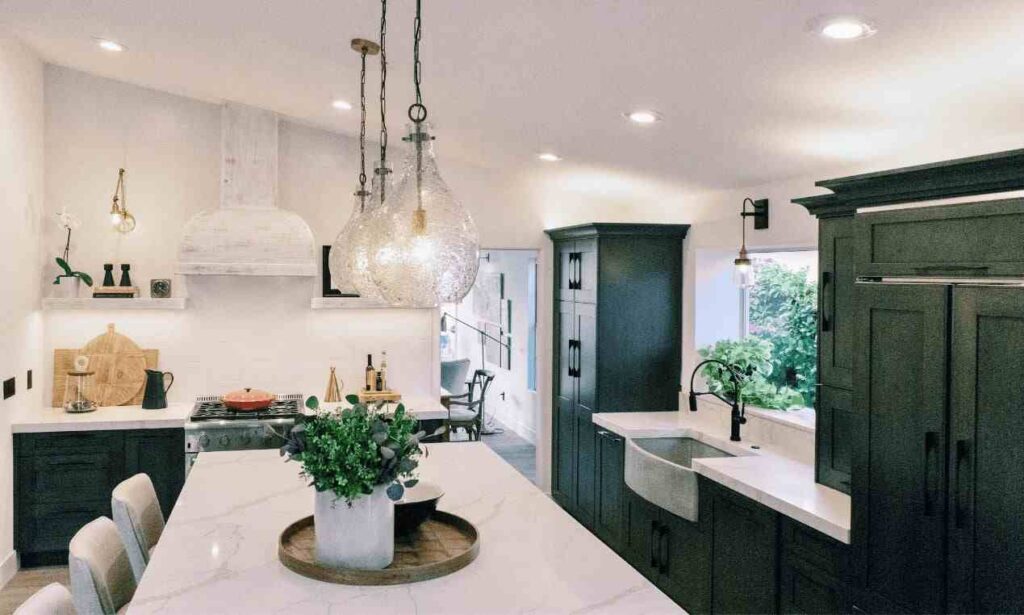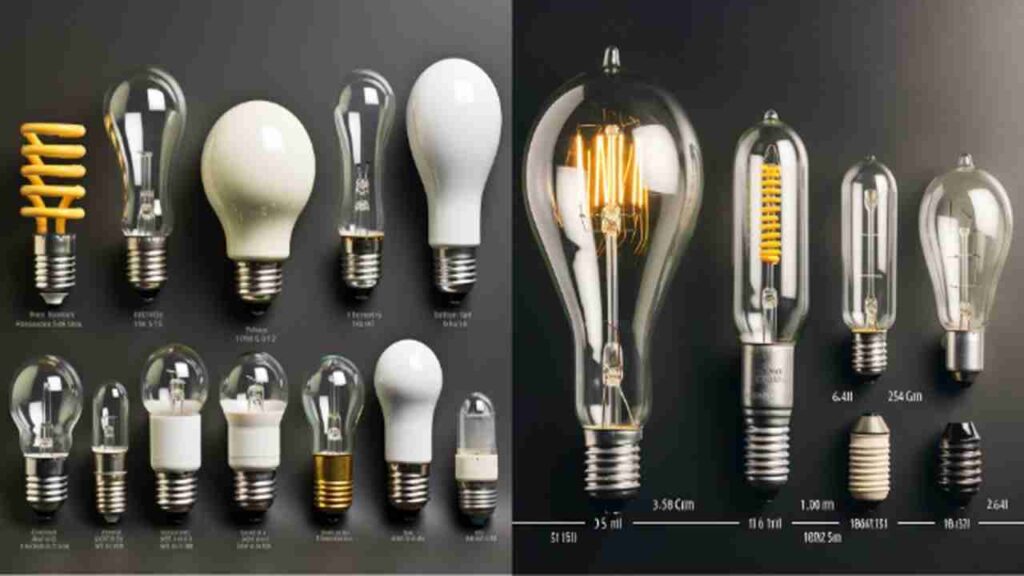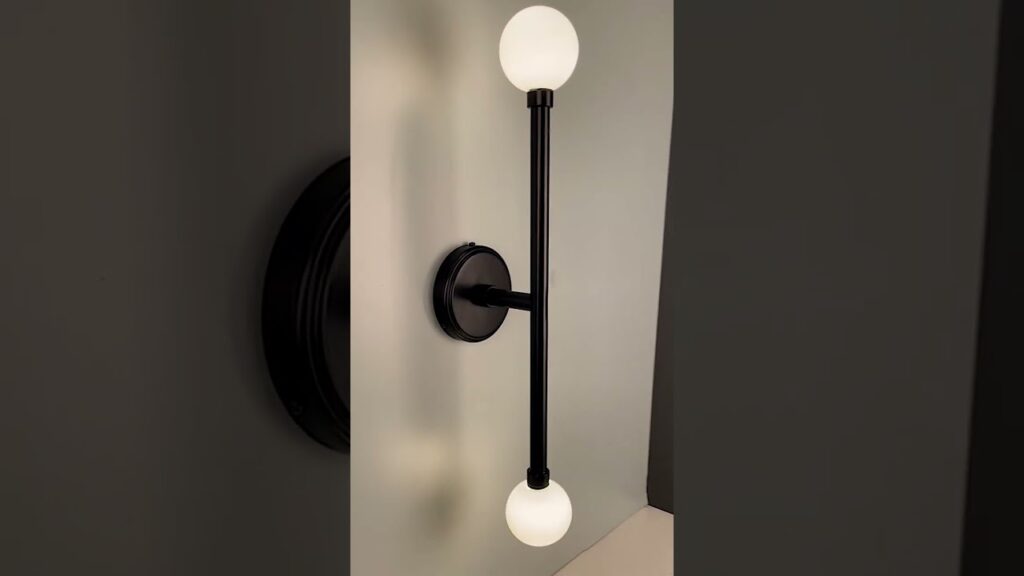Accent lighting is a game-changer when it comes to enhancing the ambiance of your home or office. It’s not just about brightening up a space; it’s about creating atmosphere and highlighting the unique features that make your environment special. Whether you want to showcase a piece of artwork, illuminate architectural details, or simply set a mood, accent lighting does it all. So, if you’re looking to elevate your space, let’s explore the benefits of accent lighting and how it can transform your home or office into a more inviting and stylish environment along with the help of Capital Trimlight.

Plus, it’s versatile enough to adapt to any setting, from cozy living rooms to professional workspaces. The right accent lighting services can also improve functionality by guiding focus where it’s needed most. It can create different moods for various occasions, whether you’re hosting a dinner party or working on a project. By strategically placing accent lights, you can draw attention to specific areas and make your space feel more dynamic and alive.
Understanding Accent Lighting: What Is It and Why Use It?
Accent lighting is a powerful tool in interior design, used to highlight specific areas or features within a space. Unlike general lighting, which provides overall illumination, accent lighting creates visual interest and depth. This type of lighting focuses attention on artwork, architectural details, or specific zones, enhancing the overall ambiance. It can transform an ordinary room into a visually stunning environment. By strategically placing accent lights, homeowners can create a sense of drama and style, making spaces feel more inviting. Moreover, accent lighting is not only aesthetically pleasing but also functional, helping to improve visibility in certain areas. Whether in residential or commercial settings, accent lighting plays a vital role in defining the mood and character of a space.
Key Benefits of Accent Lighting in Home Design
Accent lighting offers numerous benefits in home design, significantly enhancing the overall aesthetic appeal of a space. First, it creates focal points, drawing attention to artwork, architectural features, or other design elements. This visual emphasis can make a room feel more curated and sophisticated. Second, accent lighting adds depth and dimension, preventing spaces from feeling flat or monotonous. It can also contribute to mood setting, allowing homeowners to tailor the ambiance for various occasions—romantic dinners, cozy family gatherings, or lively celebrations. Additionally, using accent lighting can highlight the unique characteristics of a room, making it feel more personalized. Overall, incorporating accent lighting into home design elevates the atmosphere, making spaces more functional and visually engaging.
How Accent Lighting Enhances Office Spaces
In modern office design, accent lighting plays a crucial role in enhancing both functionality and aesthetics. By illuminating specific areas, such as meeting rooms, collaborative spaces, or individual workstations, accent lighting improves visibility and focus. This targeted approach can reduce eye strain, helping employees work more efficiently. Additionally, accent lighting can create a more inviting atmosphere, fostering creativity and collaboration among team members. Strategic use of color temperature can also influence mood; warmer tones promote relaxation, while cooler tones can enhance alertness.
Different Types of Accent Lighting: Which One Suits You?
There are various types of accent lighting, each with unique characteristics suited to different spaces and purposes. Track lighting is versatile, allowing users to adjust the direction of light to highlight specific areas or objects. Wall-mounted sconces provide a decorative touch while offering focused illumination, ideal for hallways or beside artworks. Recessed lighting, installed into the ceiling, creates a sleek look and can wash walls with light or highlight architectural details. Table lamps and floor lamps can also serve as accent lights, adding warmth and personality to living spaces. Finally, LED strip lights can be used creatively to outline furniture or architectural features.

Creative Ways to Incorporate Accent Lighting in Your Home
Incorporating accent lighting into your home design can be both fun and impactful. One creative approach is to use uplighting to highlight architectural features, such as columns or beams, creating a dramatic effect. Another idea is to use under-cabinet lighting in kitchens, which not only adds functionality but also enhances the beauty of countertops and backsplashes. In living rooms, consider using floor lamps to create cozy reading nooks or spotlights to showcase decorative items on shelves. Additionally, using colored accent lights can add a playful element to spaces, allowing you to change the mood with the seasons. By exploring various creative applications, you can elevate your home’s ambiance and functionality with accent lighting.
Accent Lighting for Artwork: Showcasing Your Treasures
Accent lighting is particularly effective for showcasing artwork, transforming ordinary pieces into focal points within your home. The right lighting can enhance the colors, textures, and details of artwork, making it more visually appealing. Picture lights, installed above or in front of the artwork, provide direct illumination, highlighting the piece without causing glare. Alternatively, wall-mounted sconces or adjustable track lights can be used to wash the artwork with light, creating a softer effect. It’s essential to consider the color temperature of the bulbs; warmer tones can evoke a cozy atmosphere, while cooler tones can bring out sharper details. With the proper accent lighting, your artwork can truly shine, adding character and personality to your space.
Using Accent Lighting to Define Spaces in Open Floor Plans
Open floor plans are popular in modern design, but defining distinct areas can be challenging. Accent lighting serves as a practical solution for creating visual boundaries in such spaces. By using different types of accent lighting in various zones, homeowners can guide the eye and suggest separation without physical barriers. For example, pendant lights over a dining table can delineate the eating area, while accent lights near the living room seating can create a cozy atmosphere. Additionally, using varied lighting styles—like sconces in hallways and recessed lights in the kitchen—helps establish unique identities for each area. This strategic use of accent lighting enhances the functionality and flow of open-concept spaces.
Energy Efficiency: How Accent Lighting Can Save You Money
One of the often-overlooked benefits of accent lighting is its potential for energy efficiency. By strategically placing accent lights, homeowners can focus illumination only where it’s needed, reducing overall energy consumption. This targeted approach allows you to use lower wattage bulbs or energy-efficient LED options, which consume significantly less electricity than traditional incandescent bulbs. Moreover, accent lighting can often replace the need for brighter general lighting, leading to further energy savings. Utilizing dimmer switches with accent lights also provides control over brightness levels, allowing you to adjust lighting based on the time of day or activity. By investing in accent lighting, you can create beautiful, well-lit spaces while keeping energy costs in check.
Choosing the Right Bulbs for Your Accent Lighting Needs
Selecting the right bulbs for your accent lighting is crucial for achieving the desired effect and ambiance. LED bulbs are often the preferred choice due to their energy efficiency and long lifespan, making them a smart investment for accent lighting. When choosing bulbs, consider the color temperature; warmer bulbs (2700K-3000K) create a cozy atmosphere, while cooler bulbs (4000K-5000K) provide a more energetic feel. The beam angle of the bulb also matters; narrower beams can highlight specific features, while wider beams provide more general illumination. Additionally, dimmable bulbs offer flexibility, allowing you to adjust brightness according to different occasions. By carefully selecting the right bulbs, you can enhance the effectiveness of your accent lighting and create the perfect atmosphere in your space.
DIY Accent Lighting Ideas for Every Budget
Creating beautiful accent lighting doesn’t have to break the bank. There are plenty of DIY ideas that cater to various budgets and skill levels. For an affordable option, consider using string lights to highlight shelves, artwork, or outdoor spaces. You can also repurpose existing lamps by changing the bulbs to colored or decorative ones, giving them new life and character. Creating simple fixtures using materials like mason jars or wooden crates can add a unique touch to your decor. For a more advanced project, consider building recessed lighting using inexpensive LED strips. These DIY projects not only save money but also allow for personalization, ensuring your accent lighting reflects your style.
Hiring Professional Accent Lighting Services: What to Consider
When considering accent lighting for your home, hiring professional accent lighting services can elevate your design and ensure optimal results. Professionals bring expertise in layout and design, helping you choose the right type and placement of lights to enhance your space. They can also guide you in selecting energy-efficient options that align with your goals. Before hiring a service, consider their experience, portfolio, and customer reviews to ensure they have a solid reputation. Additionally, discussing your budget and preferences upfront can help align expectations and prevent surprises.
Conclusion
Incorporating accent lighting into your home or office design can significantly enhance the aesthetic appeal and functionality of your spaces. Whether you choose to highlight artwork, define areas in open floor plans, or simply create a cozy ambiance, accent lighting offers versatility and creativity. With numerous options available, including energy-efficient LED bulbs and a variety of fixture styles, there’s something to fit every taste and budget. DIY projects can provide personal touches, while hiring professional services ensures expert implementation. Ultimately, the right accent lighting can transform ordinary environments into extraordinary ones, reflecting your unique style and enhancing your overall experience within the space. Embracing this design element allows you to illuminate your life beautifully.
FAQs
What is accent lighting, and how is it different from other lighting types?
Accent lighting is a focused type of lighting designed to highlight specific features or areas in a space, such as artwork or architectural elements. Unlike general lighting, which illuminates the entire room, accent lighting creates emphasis and adds depth.
What are some popular types of accent lighting?
Popular types of accent lighting include wall sconces, track lighting, spotlights, and recessed lighting. Each can be used creatively to draw attention to specific features while enhancing the overall ambiance.
Can I install accent lighting myself, or should I hire a professional?
Many homeowners opt for DIY installation of accent lighting, especially with plug-in options. However, hiring a professional ensures proper placement and wiring, especially for hardwired fixtures.
How can accent lighting improve the ambiance of my home or office?
Accent lighting adds visual interest and creates a warm, inviting atmosphere by emphasizing focal points. It can also enhance productivity in an office by illuminating work areas effectively.
Is accent lighting energy-efficient?
Accent lighting can be energy-efficient, especially when using LED fixtures or bulbs. These options consume less energy and have a longer lifespan compared to traditional incandescent bulbs, reducing overall electricity costs.



